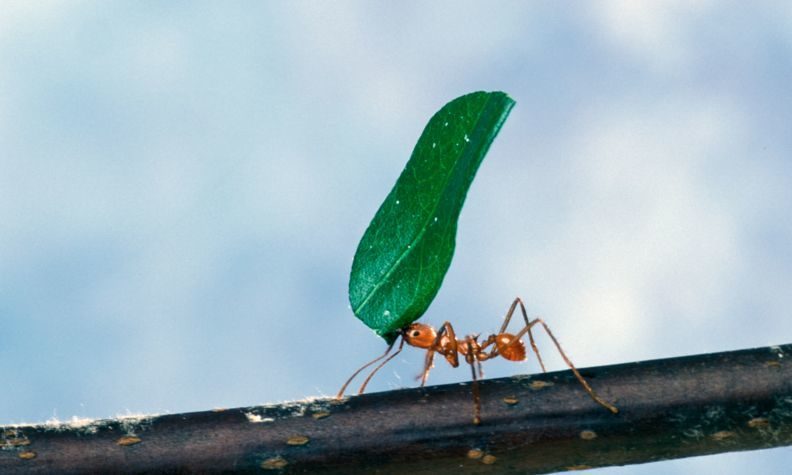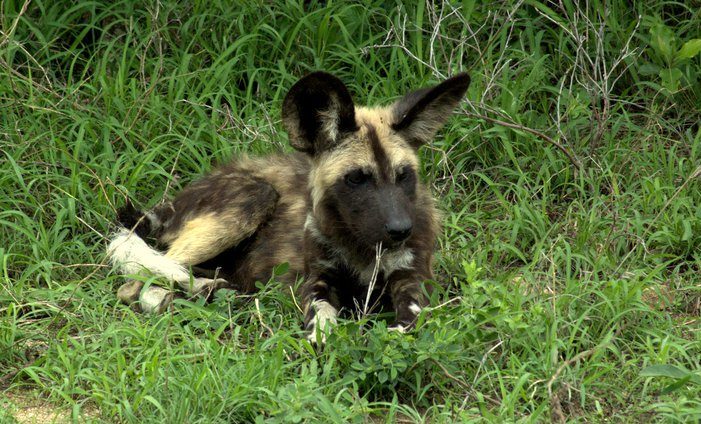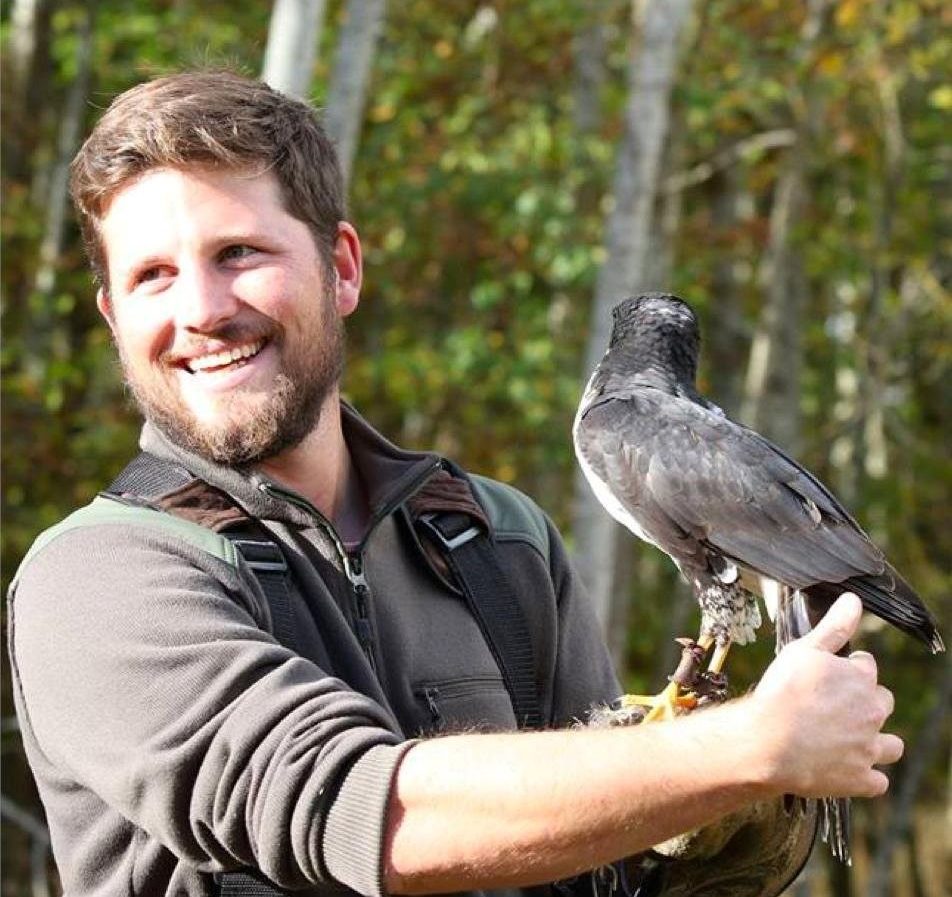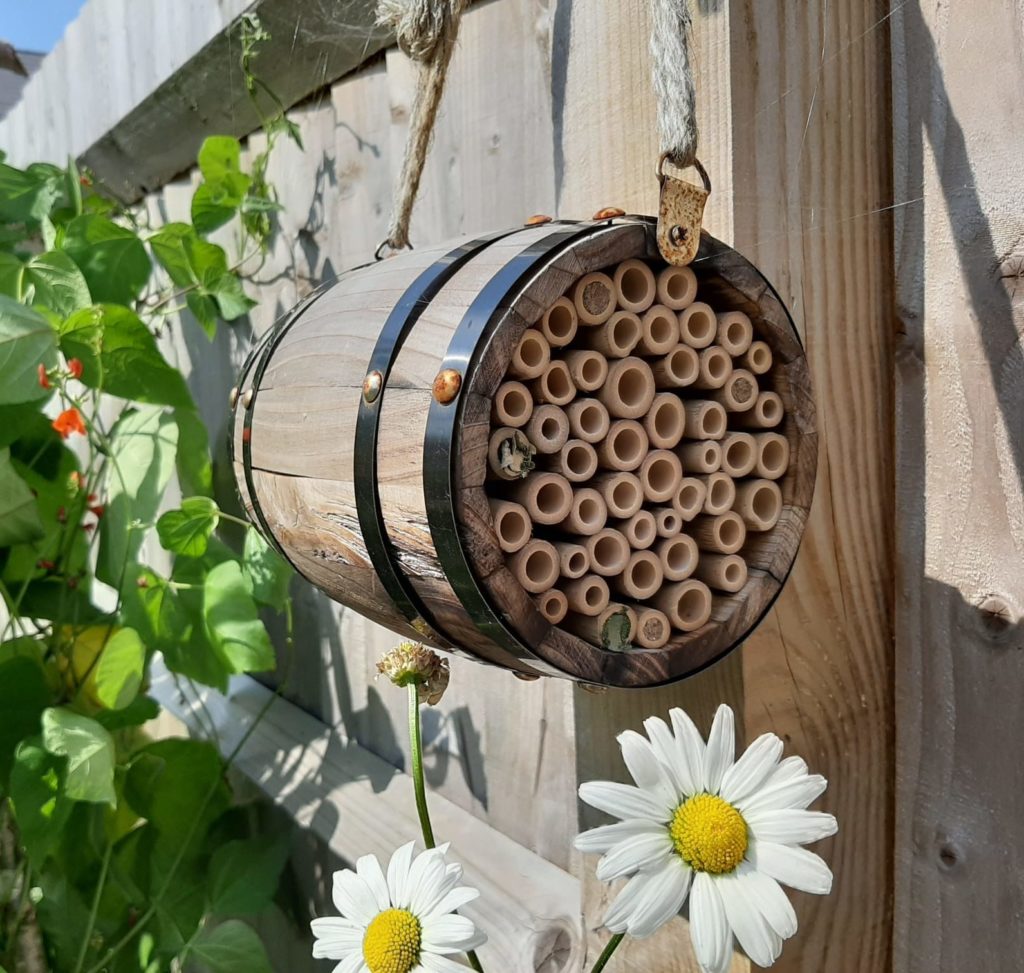
Here you can read more about Nature’s a Hoot, and access resources, photos and extra insights from episode 12 where we welcome special guest, Scientist, falconer and raptor enthusiast Dr Simon Potier.
Listen now to the Nature’s a Hoot episode 12 Raptor Senses. Don’t forget to subscribe!
How does a bird of prey see, hear, smell and taste the world? Is being told you have ‘eyes like a hawk’ a compliment? How do we measure all these factors? Find out in this month’s episode as Hannah and Tom discover the mysteries of raptor senses.
Hannah shares the sad news that there has been no sign of the tadpole in her pond, but hasn’t lost hope that it may be hiding at the bottom, and is very excited about the new bees in the bee barrel! Tom (as he eats his lunch…) shares how wonderful it is to have more visitors at the Trust, and his weekend of beach combing… listen to hear about the fascinating things Tom’s partner Amy discovered on the beach!


After too many defeats to count, Hannah has FINALLY brought it back to win with Most Impressive Plant, the Baobab tree. Can Hannah keep the crown this month or will Tom steal it back!?
This month, the challenge is Best Animal Teamwork. Hannah starts the race with a very strong contender, the African Painted Wolf, or Wild Dog, an extremely successful pack hunter from the savanna grasslands of sub-Saharan Africa. Wild Dogs are one of the most successful hunters in the bush, bringing down prey in 80% of their attempted hunts, and impressive team player.
However, Tom has the chance to trample all over Hannah’s dreams with the equally impressive competitor, the Leafcutter Ant, which work together – up to 10 million strong – to move plant matter into their nest to make a special fungus that they eat. They can coordinate together with pheromones, and they even have an alarm scent to alert the colony to intruders.
Vote for your Best Animal Teamwork on our Instagram stories or Twitter page!


Simon is a falconer and scientist, and has worked with birds of prey since he was very young. We are proud to have him on board as an International Vulture Programme Partner, Simon is very supportive of our conservation work overseas. Simon shares insights on his research into raptor and other birds’ senses. Simon used experiments to investigate olfaction (sense of smell) in birds of prey, and found that Chimango Caracaras, for example, use their sense of smell to forage. It is likely that most birds of prey use smell, however we still need to do work to prove this! Simon tells us that it is partially true that ‘Eagle eyes’ is a compliment, Simon has worked for a long time with Harris’ Hawks, and if we consider visual acuity, this is very similar to humans. Listen to hear more about his fascinating research and extensive knowledge.
To read more about raptor senses, here are some great sources:
Turkey Vulture olfactory bulbs.
You can also read more about our work, at the Hawk Conservancy Trust into the visual fields of vultures here.
Find out more about Simon on his website.
Find out more about raptor senses by listening to our podcast here. Don’t forget to like and subscribe!